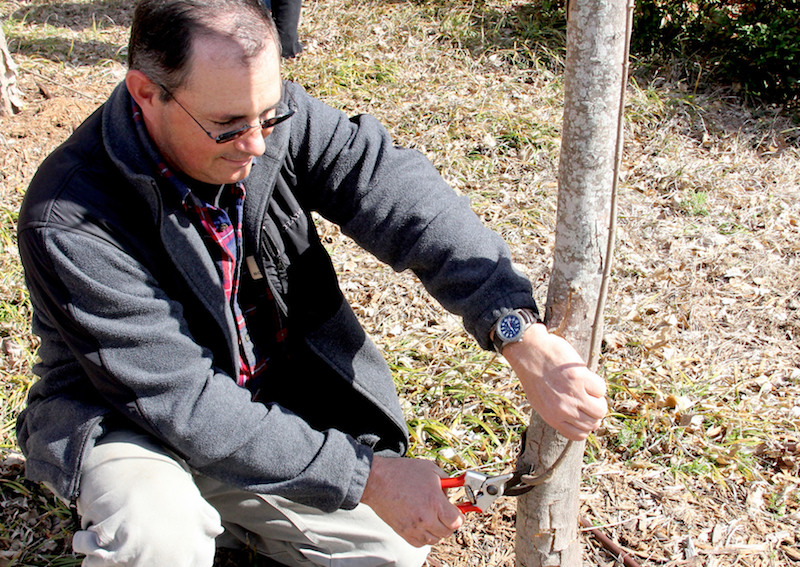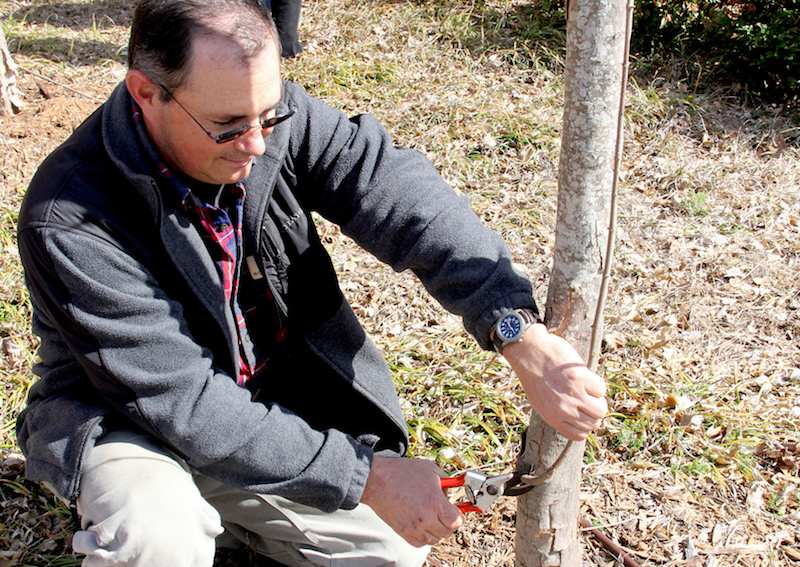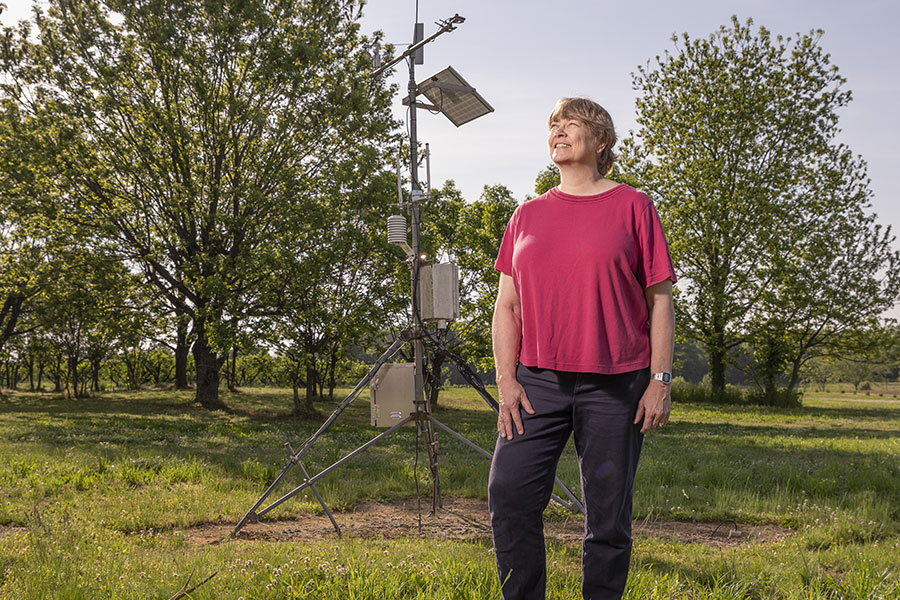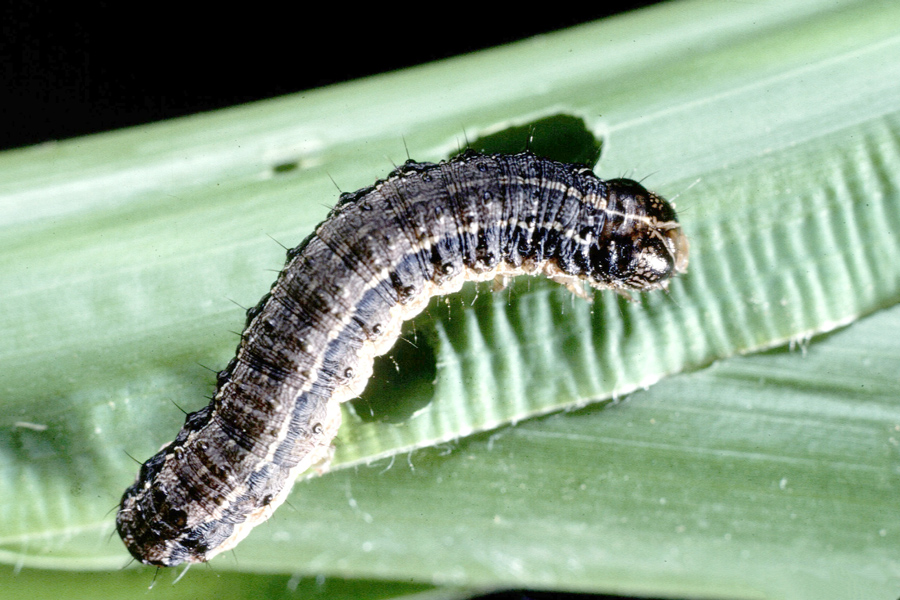As summer finally winds down, so do a lot of landscape plants. With a break from the 90 degree heat, it’s time to get ready for winter.
Pruning
To prune or not to prune, that is the question. The big question I have been hearing is what to do with shrubs in terms of trimming. The best answer would be to prune them for shape this time of year.
If you have mop head hydrangea, the ideal time to trim them back is August, but there is still some time. Don’t butcher them, but don’t be afraid to cut out any leggy parts of the plants. Don’t cut oakleaf hydrangea back since they are earlier to flower. I don’t like cutting them back at all. Azaleas, gardenias and camellias have set their buds for the next bloom, so be careful not to cut off the parts that make them so spectacular in the coming months. A light trimming is ok.
I tend to avoid heavy pruning on plants like boxwoods and pittosporum this time of year because when they do get a good flush, the tender new leaves are susceptible to damage from a hard freeze.
Lawncare
On the lawn, there is plenty to do. It’s time to apply preemergent weed control products to keep the winter poa annua and henbit in check. Use products with the active ingredients prodiamine or pendimethalin. If you can, use one with 0-0-7 fertilizer. The 7% potassium is good for root health.
Do not add nitrogen fertilizers to your warm-season grasses this late in the season. These lawns are ready to start transitioning into dormancy, so any nitrogen induced flush can cause harm if we get an early frost.
If you are looking to overseed, I don’t recommend overseeding with ryegrass unless you have a ball field or a grazing pasture. Rye is nice to add green to your landscape in the winter, but it competes too much with your established turf’s long-term health to justify it. Bermudagrass is the only one of our warm-season grasses that is acceptable for overseeding.
If overseeding is unavoidable, now is the time to get your lawn prepared. Mow Bermudagrass lower than normal over the next two cuttings. Bag your clippings and never cut off more than one-third of the grass height at one time.
Overseeding needs to be done by the middle of October. The rye seed needs to be in contact with the soil, so blow or vacuum before seeding. Perennial rye is preferred over an annual variety. It is treated like an annual, but it has better turf properties including good wear tolerance, quicker germination and a darker green color. It may cost a little more, but it is worth the few extra dollars.
Use a rate of 8-10 pounds of seed per 1,000 square feet. Make sure to keep the soil moist until the seed is completely germinated, even if this means watering lightly once or even twice daily. Wait until November when the Bermudagrass has gone dormant to fertilize. Using two to four pounds of nitrogen per 1,000 square feet is all the fertilizer you will need.
Bulbs and flowers
It’s also time to divide and replant perennials like daylilies, iris and hostas. If these spring and summer bloomers can get back in the ground now, they can reestablish before going dormant. I always like planting container perennials now as well. When the spring rolls around, the roots will be comfortable in their surroundings and the plants can jump when temperatures get right. Avoid planting pansies until later into October.
All this and then here come the leaves.
For more tips on what to tackle in the landscape this fall and winter, visit the University of Georgia Cooperative Extension lawns and landscape website at extension.uga.edu/topic-areas/lawn-garden-landscapes.html.





